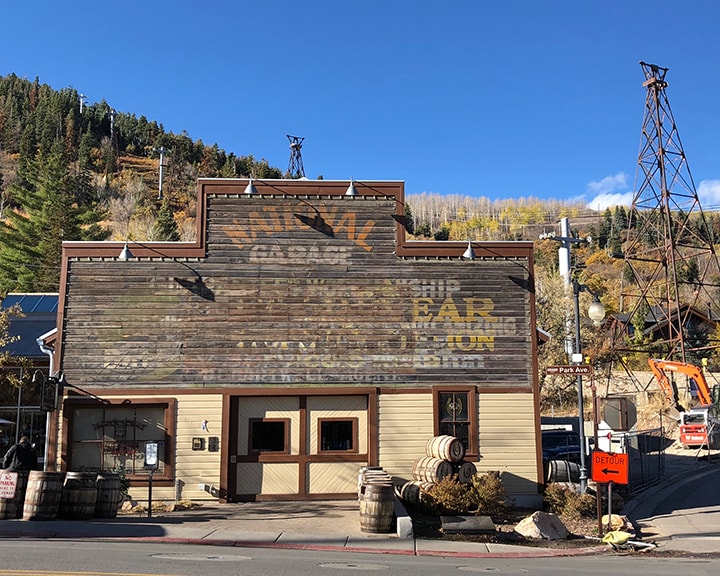
Recently, our friends at High West Distillery in Park City, UT, expressed an interest in researching the flavor and performance aspects of malts with low GN (Glycosidic Nitrile) characteristics. Full Pint Malt by Briess is one of our malts that exhibits that low GN trait and is being looked at by quite a few distilleries. Recently, High West Distillery milled, fermented and distilled some Full Pint Malt from Briess.

As a background here are some notes about the trial:
- The malt was milled with a hammer mill. Not all malts handle the same in the mill. Full Pint milled nicely and left no husk material behind in the mash mixer.
- A programmed mash was utilized for full mash conversion. Conversion time was normal.
- A vigorous fermentation was noted with pleasant grass and banana nut bread aromas. Fermentation time was normal.

Trial volume:
- 5 on-grain brews at 250 gallons each were fully fermented out in about 3 days.
Distillations:
One beer strip run was executed to start the week—a beer strip in this case is one beer that is distilled to collect all of the spirit fractions—the heads, hearts and tails. This spirit was added into the next day’s Full Pint distillation in order to build up volume and keep the following distillations throughout the week consistent. Normally a beer strip run kicks off a campaign of the same whiskey.

As the week moves forward, each day’s heads, hearts and tails are collected and the heads and tails are added to the following day’s distillation of the same beer (Full Pint in this case). On the last trial day, the hearts are kept and mingled with the hearts from the week’s Full Pint distillations. Once the trial Full Pint hearts are mingled, also known as “new make,” an in-house sensory team analysis takes place and a lab sample is taken for final analytical measuring trace ethyl carbamate, (EC) and other compounds. The heads and tails are safely discarded according to legal requirements.
A beer that is made with low- to non-GN malts—once distilled and the ethanol comes into contact with copper in a still—should exhibit very low to no EC. The new make is then barreled and is handed over to Time to do her thing.






